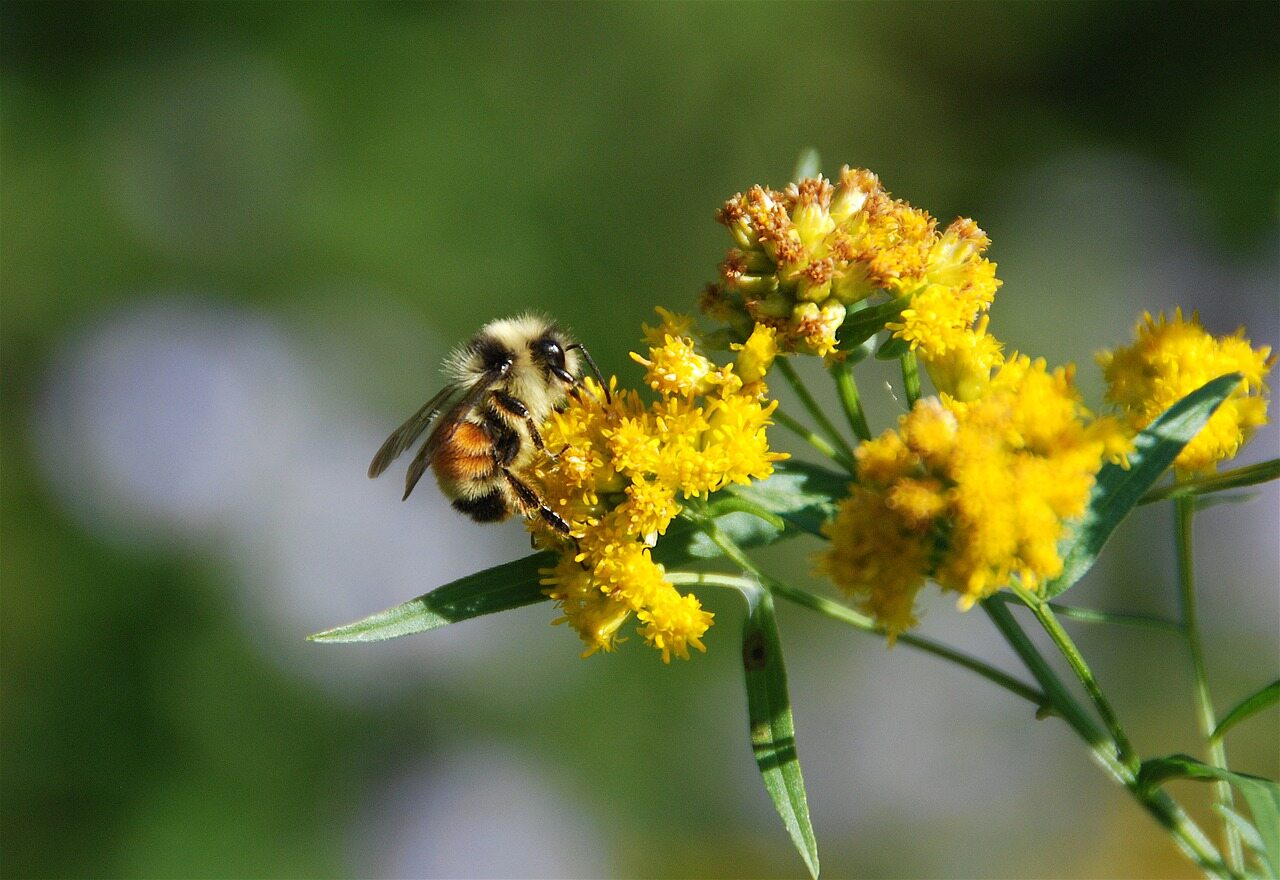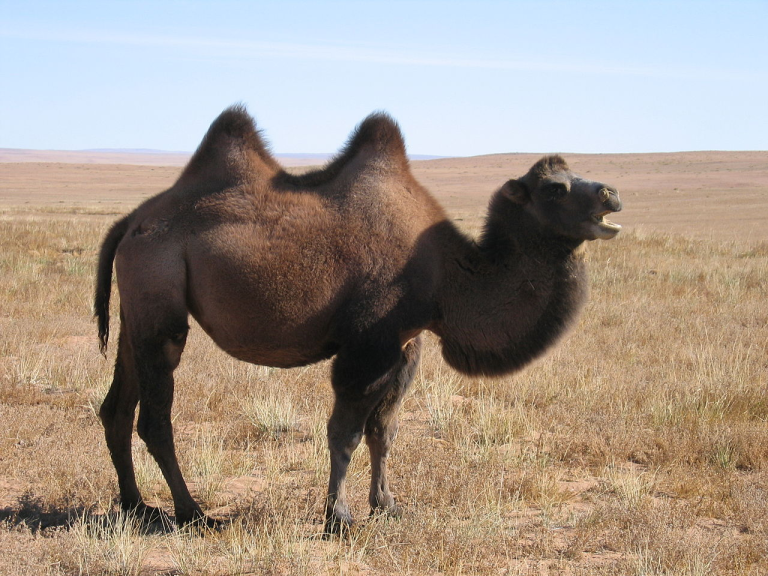Scientists warn: this honey is harmful to nature

Scientifically unconfirmed information about the alleged health-promoting properties of goldenrod honey helps in the invasion of goldenrod. Meanwhile, this plant occupies new areas and drastically reduces the biodiversity of plants and animals. It is unfavorable for bees and agriculture – research shows, among others IOP PAN.one information praising goldenrod honey harms the environment and agriculture
– Some stores – in Poland and abroad – advertise that goldenrod honey helps with diseases of the kidneys, lungs and mouth. We searched the scientific literature and found no information about studies that would support this. There have been no tests on humans that would prove such health-promoting properties of goldenrod honey, says Dr. Magdalena Lenda from the Institute of Nature Conservation of the Polish Academy of Sciences and the Australian University of Queensland.
Goldenrod honey – unhealthy for nature
So far, it has not been proven that goldenrod honey cures any diseases, the researcher points out. He adds that beekeepers, online stores and even some medical portals – by duplicating this unverified information – increase the demand for goldenrod honey. This in turn has an indirect impact… on the state of the environment. This is because goldenrod, from which honey is made, is a highly invasive plant in Europe, and its impact on biodiversity is definitely unfavorable.
Beekeepers should know that goldenrod is not a desired plant. And consumers – that buying goldenrod honey is bad for the environment – says Dr. Lenda.
Research by an international team on this subject, led by Magdalena Lenda, has been published in the journal Ecology Letters. – No one has shown before that diet preferences, marketing regarding the so-called superfood and pseudo-medicinal food, may adversely affect ecology – he concludes.
Honey collected, goldenrod pollinated
The analysis of trends at Allegro showed that in recent years both sales, supply and the price of goldenrod honey have increased. – Misinformation about the properties of this honey increases interest in the product, its prices increase, and therefore more beekeepers want to have this product in their offer. Then they start to transport their hives to the place where the goldenrod blooms, and thus help to pollinate these plants – he says.
The honey bee is the main pollinator of goldenrod.
Cultivation of goldenrod is prohibited
The researcher says that there are even situations where beekeepers … plant goldenrod. Meanwhile – as he points out – both the sale and planting of goldenrod (i.e. invasive plants) both in Poland and in the European Union have been illegal since 2012; you must have the appropriate permits for this.
As part of their research, the researchers conducted a small “investigation”. On auction portals available in Poland, they found hundreds of offers for the sale of goldenrod seeds and seedlings, advertised as a melliferous plant. And – as the researcher concludes – there are hundreds of buyers who buy these products. “And since they buy them, you can guess that they are not for collecting purposes, but to grow these plants,” he says. The biologist from the IOP PAN points out that Allegro has only been available since December this year. introduces a ban on the sale of invasive plants to the regulations.
He adds that users also exchange information on how to grow this plant on beekeeping forums.
I don’t think beekeepers are doing it in bad faith. It just seems to me that the information from naturalists about the harmfulness of invasive plants does not reach the public too well – comments Dr. Lenda.
Invasion of the yellow invader
And it explains why the goldenrod invasion is harmful to both wild plants and animals, farmers, but also to the bees themselves, which pollinate the goldenrod.
The yellow goldenrod blooming in late summer (sometimes colloquially called mimosa) may seem beautiful (Julian Tuwim wrote about it: “Autumn begins with mimosas”). Therefore, it was imported as an ornamental plant from North America. However, it soon turned out that goldenrod rapidly conquers new areas, e.g. wastelands or abandoned fields. – Our research has shown that on wasteland with a density of 1-5 percent. goldenrod can reach a density of 90% within 2-5 years! After such an invasion, the biodiversity of native plants in this area drops to only 10 percent. In practice, this means that very few other plants bloom there, says Dr. Lenda. And he adds: – Goldenrod is the so-called allelopathic plant – it can be said that it uses chemical weapons to eliminate other plants from its territory.
If the availability of other plants in a given area decreases so drastically, the number of animal species that inhabit the area also decreases. “There’s 75% of it in that area. less native pollinators – e.g. wild bees or hoverflies. The number of ants or birds using a given area also decreases, the naturalist sums up.
As the number of species declines, the ecosystem services previously provided by those species in a given area are becoming scarce. So there is no one to pollinate flowers, get rid of pests, remove dead animals. Then farmers in areas around areas inhabited by goldenrod may obtain less crops.
The invasion of goldenrod can translate into measurable losses for farmers – sums up Dr. Lenda.
Poor diet of bees fed with goldenrod
Another issue that should be of particular interest to honey producers is the effect of goldenrod nectar on the bees themselves. – In laboratory studies, we found out that feeding bees with goldenrod nectar reduces their survival rate compared to feeding them with polyfloral nectar. It also turned out that it is even more beneficial to feed the bees with sugar – sums up Dr. Lenda.
He adds that in areas where goldenrod blooms, the availability of other flowers is at the level of 10%. and they are only available in late summer and fall. And there is no food for bees in other seasons – for example, in spring and summer, when a new generation of insects develops. “So the diet of bees that work in goldenrod is very poor” – the researcher points out.
By transporting their hives to goldenrod, beekeepers are doing a favor to the plant, the presence of which is unfavorable for bees in the long run, alarms the researcher.
The end of the fashion for goldenrod honeys
In her opinion, it is worth making the public aware that individual consumer choices have an impact on the environment. He encourages you to switch to honey instead of goldenrod honey, the production of which does not involve such damage to the environment. In her opinion, reducing demand – by increasing consumer awareness – will have a better effect than, for example, top-down bans. According to the researcher, giving up goldenrod honey should not be burdensome for consumers, since there is no evidence that it has a better effect on the human body than other honeys.
Unverified information spread on the web really affects people’s lives and nature. You have to be very careful and check what is being passed on. Unverified information on diets can lead to the extinction of protected species and the invasion of alien plants, he concludes.
– I would be in favor of the pollen and nectar from goldenrod going to waste – he estimates. And he suggests planting flower meadows instead of goldenrod – beneficial for biodiversity, the well-being of honey bees and agriculture itself.






